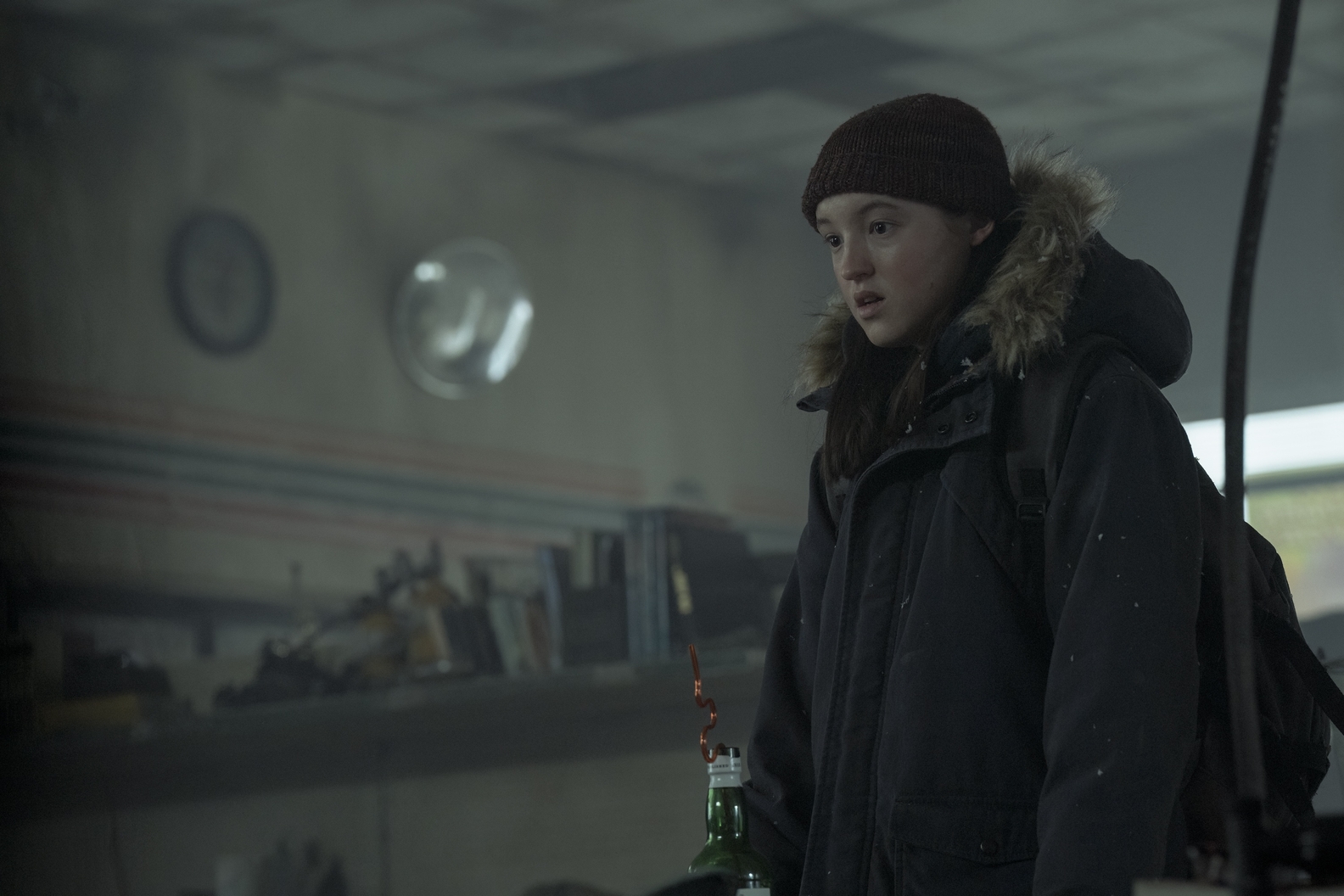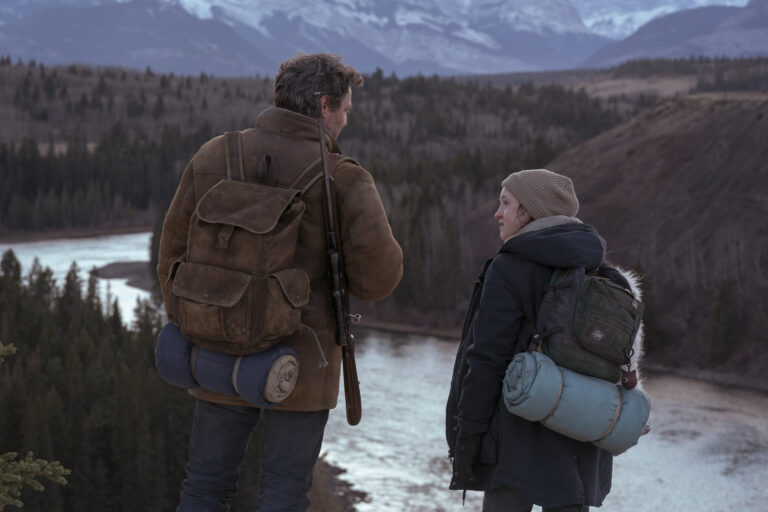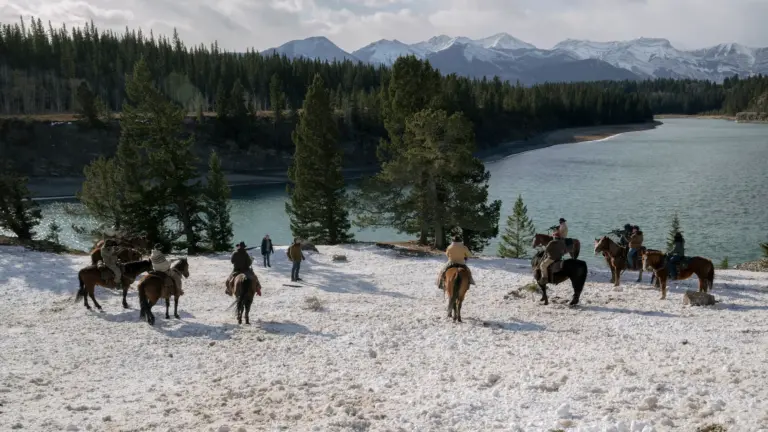Say goodbye to the cross-country chaos of Season 1. In Season 2 of HBO’s The Last of Us, we’re not just passing through. We’re staying. And not just anywhere. We’re dropped smack in the middle of a drowned, battered, rain-soaked Seattle. It’s the perfect post-apocalyptic playground for Ellie’s next brutal chapter. And honestly? The city steals the show.
This time around, the Emerald City doesn’t just set the stage – it is the stage. From flooded streets to shattered stadiums, Seattle becomes a moody, dangerous co-star. It twists the plot. Shapes decisions. And constantly reminds us: nature always takes back what we build.
A Mood You Can Feel in Your Bones
Let’s start with the obvious. Seattle’s weather? It’s doing some serious heavy lifting. The city gets rain—lots of rain. We’re talking 156 wet days a year on average. That endless drizzle turns everything into a cold, slick nightmare. Streets shimmer with puddles. Moss blankets crumbling walls. Fog clings to every broken window.
But here’s the thing: it’s not just a visual vibe. That gloom seeps in. It lingers over every tense conversation and every moral fork in the road. It’s a cloud that never lifts – because in this world, the sun isn’t coming out tomorrow.
So yes, Seattle looks cool. But it also feels heavy. It wraps around the characters and squeezes.
Factions, Firearms, and Full-on Chaos
If the weather doesn’t get you, the people might. Seattle’s not just dangerous because of infected. Nope. This city’s become a war zone, ripped apart by clashing ideologies and survivalist rage.
Two major factions run the show:
- The Washington Liberation Front (WLF): These are the military toughs who kicked FEDRA out and took over. They’re organized, armed to the teeth, and absolutely brutal.
- The Seraphites (aka Scars): A mysterious, eerie religious cult. They communicate with whistles, live off the land, and do not play nice.
The city becomes a chessboard, with abandoned blocks and blown-out buildings as battlegrounds. Characters navigate this chaos while trying not to get caught in the crossfire. It’s urban warfare meets psychological warfare. No one’s ever safe.
Post-Apocalyptic Tourism, Anyone?
Here’s where things get really fun (if you’re into decaying landmarks, that is). Seattle in Season 2 offers up a treasure trove of iconic, now-haunted locations that fans of the game will instantly recognize – and newcomers will be equally haunted by.
- Seattle Aquarium: Once full of wide-eyed kids and happy sea otters, now it’s a grim, echoing hideout. Abby’s story takes a deep dive here – pun intended.
- Lumen Field (formerly CenturyLink Field): Once home to roaring football crowds, now the WLF’s fortified base. Picture armored patrols pacing the sidelines instead of athletes.
- Seattle Great Wheel: Still looming on the waterfront, though now it’s more ghostly landmark than romantic ride. A ferris wheel that watches in silence.
These aren’t just cool Easter eggs. They tell you everything about how far this world’s fallen – and how much it remembers.
Nature Reclaims the Concrete Jungle
Seattle’s gone full jungle in places. Picture it: highways collapsed into rivers. Office buildings wrapped in ivy. Rusted cars sinking into mossy pools. The city’s bones are there, but the flesh? It’s all wild now.
This isn’t set dressing. It changes how characters move. Ellie and Abby climb, crawl, and swim their way through terrain that’s actively trying to kill them. Flooded basements hold clickers. Rooftop gardens hold snipers. Nothing’s easy, and every step demands your attention.
It also reminds us that the real enemy isn’t always human. Sometimes it’s the world itself, pushing back.
The City Reflects the Soul
Seattle doesn’t just test our characters physically. It’s a mirror. Ellie’s rage? You see it in the storm clouds. Abby’s guilt? Reflected in quiet, overgrown corners. The city isn’t neutral. It’s deeply tied to the story’s emotional weight.
Think about it: In a story where characters carry impossible grief, where vengeance eats them alive, Seattle offers no comfort. It just stares back with dead windows and dripping rooftops. It asks, why are you really doing this? And it never offers an easy answer.
Not Just a Setting, a Co-Star
Let’s not kid ourselves. Seattle’s the third lead. After Joel and Ellie, this city gets the most screen time. It influences every decision. Shapes every escape. And always feels just one heartbeat away from swallowing our heroes whole.
It’s moody, unpredictable, dangerous – and weirdly beautiful.
By anchoring Season 2 in one city, the show trades travel for depth. We’re not just passing landmarks. We’re living in them. Every shattered window and twisted alley has a story to tell.
And for fans of world-building? This is candy. Rich, dark, waterlogged candy.
Rain, Ruin, and Reckoning
In the end, Seattle offers more than just danger. It offers questions. Can vengeance coexist with healing? What do we become when survival is all that matters?
This city doesn’t whisper answers. It howls them in the wind, drowns them in floodwaters, and leaves you picking through ruins to find the truth.
So as Season 2 unfolds, keep an eye on the skyline. Watch how the moss creeps in. Listen to the echoes bouncing off stadium walls. Because Seattle’s watching too – and it always remembers.
And maybe, just maybe, it’ll change everyone who walks its broken streets.




